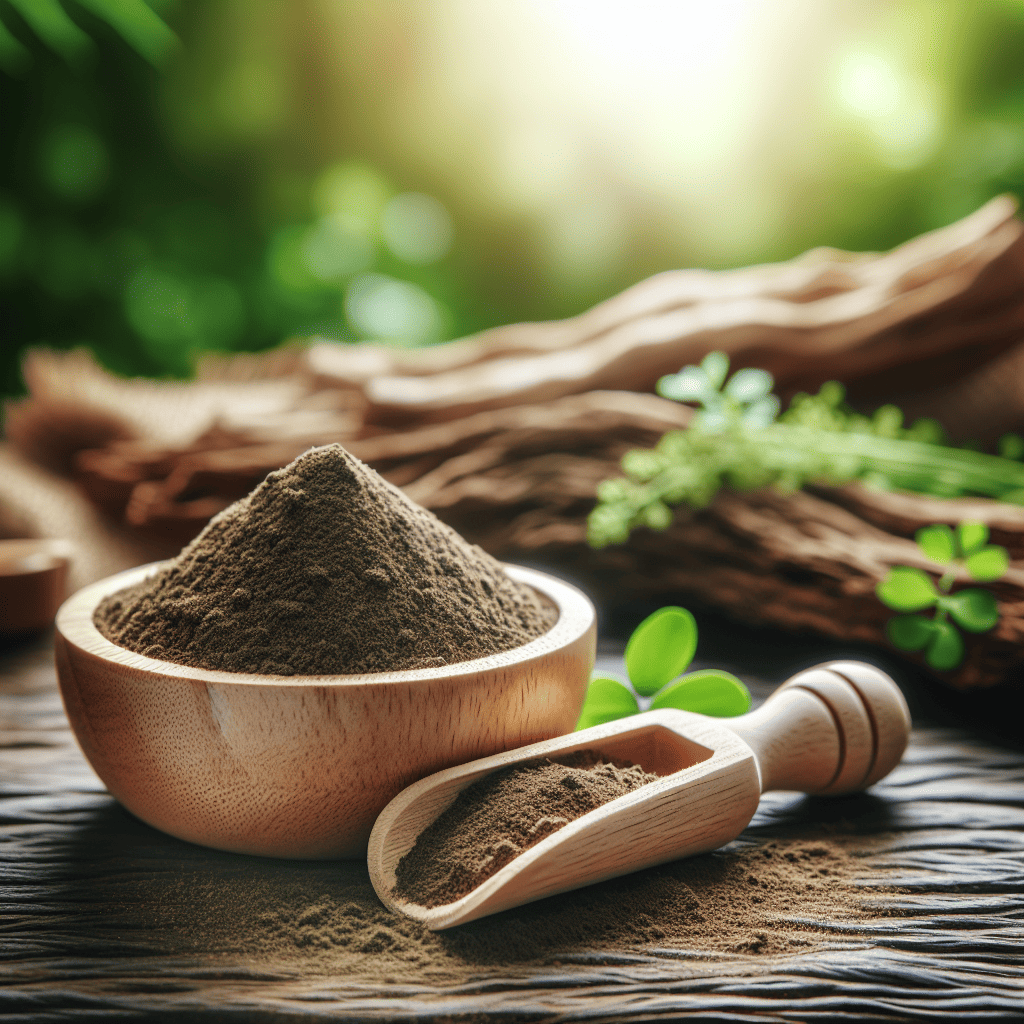Introduction: Chinese star anise, also known as Illicium verum, has garnered attention for its possible health advantages and safety considerations. In this comprehensive blog post, we will delve into the various facets of Chinese star anise, examining its plant compounds, benefits, efficacy in combatting infections based on studies, potential risks, and its relevance to contemporary health concerns such as the Coronavirus. By the end of this post, you will gain a thorough understanding of Chinese star anise and how it affects health and well-being.
Table of Contents
The Benefits of Chinese Star Anise
Explore the essential plant compounds, effectiveness by degree, and studies on the potential benefits of Chinese star anise.
- Its Content of Plant Compounds:
Chinese star anise, scientifically known as Illicium verum, is a spice commonly used in Chinese and Vietnamese cuisine. Apart from its distinctive flavor, it is also celebrated for its numerous health benefits. One of the key reasons behind its therapeutic properties is its rich composition of essential compounds. Flavonoids and polyphenols, for instance, are powerful antioxidants that can help neutralize harmful free radicals in the body, protecting cells from damage and reducing the risk of chronic diseases.
Additionally, linalool, quercetin, anethole, shikimic acid, gallic acid, and limonene found in Chinese star anise play vital roles in promoting health. Linalool, known for its calming and sedative effects, can help reduce stress and anxiety levels. Quercetin is renowned for its anti-inflammatory properties, potentially reducing inflammation in the body and supporting heart health. Anethole, another significant compound, not only contributes to the distinctive licorice-like flavor of star anise but also possesses antimicrobial properties, which can help combat harmful bacteria and fungi.
Moreover, shikimic acid, gallic acid, and limonene found in Chinese star anise further enhance its medicinal value. Shikimic acid is a precursor in the synthesis of the antiviral drug oseltamivir, commonly known as Tamiflu, which is used in the treatment of influenza. Gallic acid is known for its anti-cancer properties and may aid in protecting against certain types of cancer. Limonene, on the other hand, exhibits antioxidant and anti-inflammatory effects, potentially supporting overall health and well-being. The combination of these beneficial compounds makes Chinese star anise not only a flavorful spice but also a valuable ingredient that can contribute to a healthy diet and lifestyle.
- The Benefits of Star Anise by Degree of Effectiveness:
Star anise is a versatile spice that has been traditionally used in various cultures for its potential health benefits. One of the most well-known uses of star anise is its ability to alleviate cough. It is often included in cough syrups and throat lozenges due to its expectorant properties, which help to loosen mucus and soothe the throat. Additionally, star anise is believed to reduce gas and bloating. It contains compounds that can help relax the digestive tract, which may lead to reduced bloating and discomfort after meals.
Moreover, star anise is thought to improve appetite. It is thought to have a stimulating effect on the digestive system, which in turn may increase hunger and improve digestion. In traditional Chinese medicine, star anise is also used to relieve menstrual disorders. The spice is believed to have properties that can help regulate menstrual cycles and reduce symptoms such as cramps and bloating. Furthermore, star anise is used in some cultures to address lung inflammation. Its anti-inflammatory properties may help to reduce swelling and irritation in the lungs, potentially providing relief for conditions such as bronchitis or asthma.
While there is a wealth of anecdotal evidence supporting the benefits of star anise, scientific validation is essential to confirm its efficacy. Research studies are needed to explore the mechanisms of action behind its purported health benefits and to assess its safety and effectiveness in different populations. By conducting rigorous scientific investigations, the potential therapeutic uses of star anise can be better understood and validated, leading to evidence-based recommendations for its use in various health conditions.
- Studies on the Benefits of Star Anise:
Star anise, a spice derived from the fruit of the Illicium verum plant, has been a subject of interest in numerous studies due to its possible health benefits. The spice contains bioactive compounds such as shikimic acid, anethole, and quercetin, which have shown antiviral properties in laboratory tests. These properties suggest that star anise may be effective in combating viral infections by inhibiting the replication of certain viruses. For instance, it has been studied for its potential in fighting influenza viruses, making it a valuable natural remedy in supporting the immune system during flu seasons or outbreaks. Additionally, the antifungal properties of star anise have been researched, indicating its potential in treating fungal infections, such as candida, making it a versatile ingredient in both culinary and medicinal applications.
Moreover, star anise has also demonstrated antibacterial effects against certain strains of bacteria. Research has shown that the spice may help inhibit the growth of bacteria like E. coli and S. aureus, common pathogens that can cause foodborne illnesses and other infections. This antibacterial property suggests that incorporating star anise into a balanced diet or using it in traditional medicine preparations could potentially help in combating bacterial infections and promoting overall health. Furthermore, the antioxidants present in star anise, such as quercetin and catechins, contribute to its ability to combat oxidation processes in the body, which are linked to various chronic diseases like heart disease and cancer. By reducing oxidative stress, star anise may play a role in protecting cells from damage and supporting optimal health.
In conclusion, the findings from studies on star anise highlight its diverse potential in promoting health and combating various infections and diseases. From its antiviral and antifungal properties to its ability to inhibit bacterial growth and oxidative stress, star anise emerges as a valuable natural resource with promising benefits. Further research and exploration into the mechanisms behind these effects may lead to the development of new therapeutic applications or dietary recommendations involving star anise, offering both culinary enjoyment and potential health advantages to individuals seeking natural remedies and preventive measures against illnesses.
The Damage of Star Anise
Understand the safety considerations and potential risks associated with using star anise.
- The Degree of Safety of Using Star Anise:
Star anise is a popular spice known for its unique flavor and medicinal properties. However, there are safety concerns associated with using star anise, especially when it comes to distinguishing between Chinese star anise and the toxic Japanese variety. Chinese star anise (Illicium verum) is commonly used in cooking and traditional medicine, while the Japanese star anise (Illicium anisatum) contains toxic compounds that can be harmful if ingested. It is essential for consumers to be aware of this distinction and ensure they are using the safe Chinese variety.
Pregnant and breastfeeding women, as well as children, need to be particularly cautious when consuming star anise. The toxic compounds found in Japanese star anise can have adverse effects on the health of both the mother and the developing baby. These compounds can pass through breast milk to the infant, causing serious health issues. Therefore, pregnant and breastfeeding women should avoid star anise altogether to prevent any potential harm. Similarly, children are more vulnerable to the effects of toxic compounds and should not be exposed to Japanese star anise in any form.
To ensure safety when using star anise, consumers should only purchase the spice from reputable sources that guarantee it is the Chinese variety. Careful inspection of the star anise before consumption is also recommended to confirm its identity. If there is any doubt about the type of star anise being used, it is best to avoid using it altogether. By being vigilant and informed about the potential risks associated with star anise, especially for pregnant and breastfeeding women and children, individuals can enjoy the benefits of this spice without putting their health in jeopardy.
Is Star Anise Useful for the Coronavirus?
Examine the potential antiviral properties of star anise and its relevance to combating the Coronavirus.
- FAQ:
Star anise is a popular spice widely used in various culinary applications, particularly in Asian cuisine for its unique flavor profile. However, beyond its culinary uses, star anise also offers a range of health benefits. For instance, when it comes to hair care, star anise essential oil is sometimes used to promote hair growth and improve scalp health. Its natural antimicrobial properties can help in treating dandruff and other scalp conditions. Additionally, the aromatic scent of star anise can add a pleasant fragrance to hair care products. Incorporating star anise oil in hair masks or scalp treatments may contribute to healthier and more luscious locks.
In terms of colon health, star anise is known for its digestive properties. It contains compounds like shikimic acid, which exhibits anti-inflammatory and antibacterial effects that can aid in maintaining a healthy gut. Furthermore, star anise is rich in fiber, which is beneficial for promoting regular bowel movements and supporting overall colon health. The spice is also often included in traditional medicine practices for its potential to alleviate symptoms of gastrointestinal issues like bloating, gas, and indigestion. Adding star anise to your diet, either by incorporating it into recipes or consuming it as a tea, could help in keeping your colon healthy and functioning well.
For those interested in delving deeper into the benefits of star anise for hair and colon health, there are several scientific studies and articles available for further reading. Research on the properties of star anise essential oil and its potential applications in hair care can provide valuable insights into its effectiveness. Likewise, studies exploring the effects of star anise on gastrointestinal health and its role in digestive wellness can offer a more in-depth understanding of the spice’s benefits for the colon. By consulting reputable sources and scientific literature, individuals can gain a comprehensive understanding of how star anise can be utilized not just for enhancing culinary experiences, but also for promoting wellness in different aspects of health.




